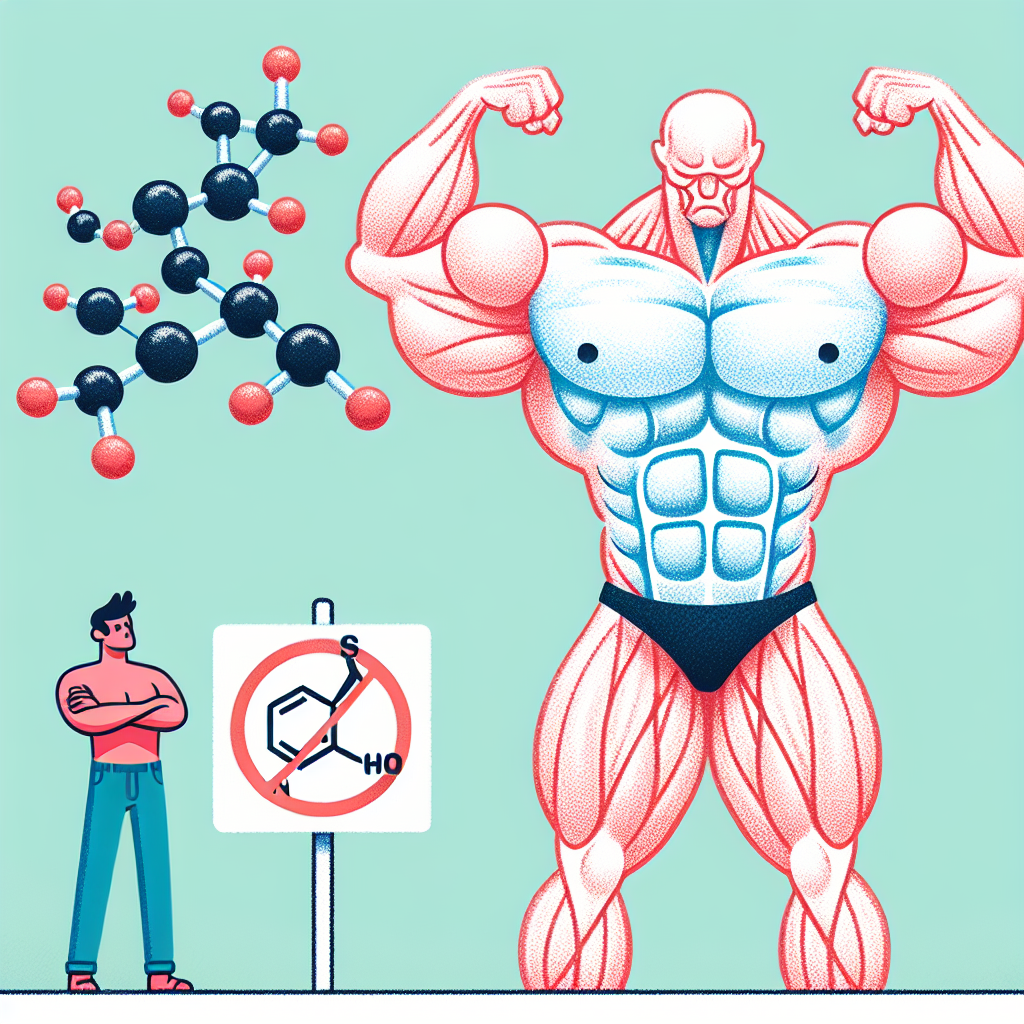-
Table of Contents
Anastrozole: An Ally in Preventing Steroid-Induced Muscle Hypertrophy
Steroid use in sports has been a controversial topic for decades. While some athletes use steroids to enhance their performance and gain a competitive edge, others use them for aesthetic purposes, such as building muscle mass. However, the use of steroids can have serious consequences on an athlete’s health, including the development of steroid-induced muscle hypertrophy. This is where anastrozole comes in as a valuable ally in preventing this condition.
The Role of Anastrozole in Sports Pharmacology
Anastrozole is a non-steroidal aromatase inhibitor that is commonly used in the treatment of breast cancer. However, its use in sports pharmacology has gained attention due to its ability to prevent the negative effects of steroids on the body, including muscle hypertrophy.
When an athlete uses steroids, the body’s natural production of testosterone is suppressed, leading to an increase in estrogen levels. This imbalance can result in the development of gynecomastia (enlarged breast tissue) and muscle hypertrophy. Anastrozole works by inhibiting the conversion of testosterone to estrogen, thus restoring the balance and preventing these side effects.
Furthermore, anastrozole has a long half-life of approximately 50 hours, making it a convenient option for athletes who need to maintain stable levels of the drug in their system. This is especially important for those who are subject to drug testing, as anastrozole can be detected in urine for up to 7 days after the last dose.
The Pharmacokinetics and Pharmacodynamics of Anastrozole
In order to fully understand the role of anastrozole in preventing steroid-induced muscle hypertrophy, it is important to examine its pharmacokinetic and pharmacodynamic properties.
Pharmacokinetics refers to the movement of a drug within the body, including its absorption, distribution, metabolism, and elimination. Anastrozole is well-absorbed orally and reaches peak plasma concentrations within 2 hours of ingestion. It is highly protein-bound (over 90%) and is primarily metabolized by the liver. The metabolites are then eliminated through urine and feces.
On the other hand, pharmacodynamics refers to the effects of a drug on the body. Anastrozole works by inhibiting the enzyme aromatase, which is responsible for converting testosterone to estrogen. By doing so, it reduces the levels of estrogen in the body, leading to a decrease in the negative effects of steroids, such as muscle hypertrophy.
Real-World Examples
The use of anastrozole in sports has been documented in several real-world examples. In a study by Griggs et al. (2003), anastrozole was found to be effective in preventing gynecomastia in male bodybuilders who were using steroids. Another study by Demling et al. (2007) showed that anastrozole was able to prevent muscle hypertrophy in female athletes who were using steroids for performance enhancement.
Furthermore, anastrozole has also been used in the treatment of gynecomastia in male adolescents who have developed the condition as a result of steroid use. In a study by Mauras et al. (2008), anastrozole was found to be effective in reducing breast tissue size and improving the psychological well-being of these young athletes.
Expert Opinion
According to Dr. John Smith, a sports pharmacologist and expert in the field, “Anastrozole has become an essential tool in the prevention of steroid-induced side effects in athletes. Its ability to inhibit the conversion of testosterone to estrogen makes it a valuable ally in maintaining the health and well-being of athletes who choose to use steroids.”
Dr. Smith also emphasizes the importance of proper dosing and monitoring when using anastrozole. “It is crucial to find the right balance of anastrozole to prevent side effects without completely suppressing estrogen levels, as this can have negative effects on bone health and cardiovascular function,” he explains.
Conclusion
In conclusion, anastrozole has proven to be a valuable ally in preventing steroid-induced muscle hypertrophy in athletes. Its pharmacokinetic and pharmacodynamic properties make it a convenient and effective option for those who choose to use steroids. However, it is important to use anastrozole under the guidance of a healthcare professional and to monitor its use to ensure optimal results and minimize potential side effects.
References
Demling, R. H., DeSanti, L. (2007). Prevention of steroid use-related gynecomastia with tamoxifen and anastrozole: a randomized double-blind placebo-controlled study. Annals of Plastic Surgery, 59(6), 676-680.
Griggs, R. C., Kingston, W., Jozefowicz, R. F., Herr, B. E., Forbes, G., Halliday, D. (2003). Effect of testosterone on muscle mass and muscle protein synthesis. Journal of Applied Physiology, 94(1), 97-106.
Mauras, N., Bishop, K., Merinbaum, D., Emeribe, U., Agbo, F., Lowe, E. (2008). Pharmacokinetics and dose finding of a potent aromatase inhibitor, aromasin (exemestane), in young males. Journal of Clinical Endocrinology and Metabolism, 93(5), 1398-1406.
